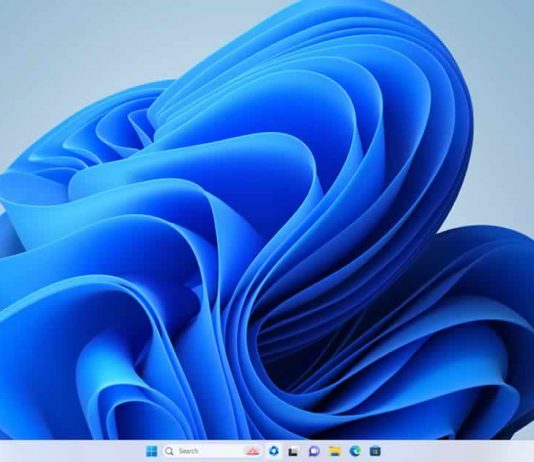Microsoft has taken its integration of AI to new heights with the introduction of “Windows Copilot,” a chatbot designed to provide users with control over Windows and text generation capabilities. Building upon the existing AI-powered Bing Chat, which is driven by OpenAI’s GPT-4 model, Windows Copilot aims to make Windows interaction more accessible and user-friendly.
In a previous Windows update, Microsoft made it easier for users to access Bing Chat from the Windows taskbar. However, the company has now elevated its AI integration within Windows by presenting a vision of the future where users can directly control Windows itself through interactions with a chatbot.
Windows Copilot takes a prominent position “front and centre of the taskbar,” allowing users to easily locate and modify settings by engaging with the chatbot without the need to navigate deep into Windows menus. This streamlined approach empowers users to interact with Windows in a conversational manner, simplifying tasks and enhancing the overall user experience. Moreover, the tool enables users to summarize content or compose text directly from the clipboard, providing additional convenience and efficiency.
Microsoft positions Windows Copilot as an extension of the existing Bing/ChatGPT ecosystem. Users can ask a wide range of questions to Copilot, spanning from simple to complex inquiries. For instance, users can plan a trip to visit family in Cyprus by asking Copilot to find airfare and accommodation options for their winter vacation. This integration seamlessly connects users to the capabilities of Bing Chat while leveraging the power of AI to deliver tailored and informative responses.
By introducing Windows Copilot, Microsoft aims to empower all users, transforming them into power users who can fully harness the potential of Windows through intuitive interactions with the chatbot. Additionally, Microsoft plans to support third-party plugins within Bing Chat, further expanding the capabilities and versatility of the platform.
